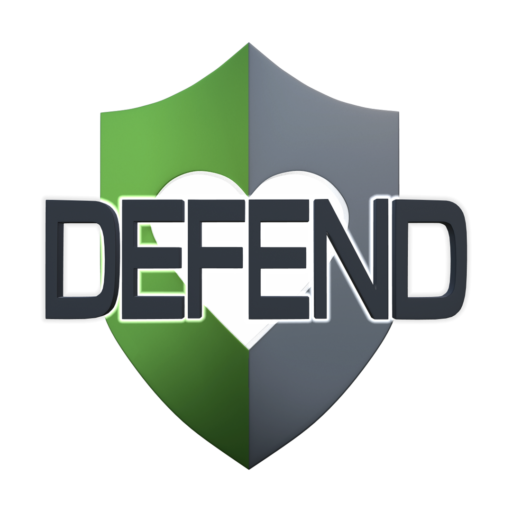Listen to this page! Narrated by Priscila
Updated: November 27, 2021
Episode Background: In the episode “Pounder”, a mother first discovers that her 11-year-old boy has been hiding a sex toy. She later finds out that’s just the tip of the iceberg as she searches the history on his tablet and learns he’s been visiting pornography websites.
Porn Sites – It is a hotly debated subject as to whether science can prove there is a link between negative behaviours and kids consuming sexually violent content. Regardless of the type of content, it’s likely a consensus that most kids in the pre-teen and teen years lack the maturity to have sexually healthy relationships. Furthermore, just looking at sexual content may stimulate parts of the brain in children that may not otherwise be activated until later in puberty. It’s generally seen by society that porn and kids don’t mix, which is why in most jurisdictions around the world, there is a minimum age to view adult content in person, print or online. Unfortunately 99% of porn sites don’t have meaningful age verification in place, unlike a convenience store which will have an employee usually being the gatekeeper to pornographic magazines, asking for ID when appropriate. No matter your personal position on pornography, it can likely be agreed that asking for a birthday or affirmation that someone is 18, is not sufficient for age verification online. Parents looking to keep sites like porn off their kid’s devices have to contend with ever changing technology and put intensive energy into trying to keep adult content from their child. The issue certainly can be one about where a child learns about sex and from whom. Most experts say that learning about sex and sexual function, including pornography, should come from within the home and from mature adults. Risks involving tamer more softcore sexual content may not seem to be as risky on the face of it but it may lead to stumbling accidentally onto more hardcore or sexually violent content, which may be confusing, horrifying or traumatic for a child’s brain.
Grooming – While this episode eludes to an in-person familial relationship as to the reason the child may have access to a sex toy, we know family, friends or neighbours can play a significant role in raising risks for grooming. Trusted sources like family or friends may send inconspicuous messages to kids and it may go unnoticed for longer periods of time. It’s commonly known that a significant portion of child exploitation comes from within or close to the home. Having access to porn sites will also allow for people (including kids) to (easily) sign up for accounts and unlock social features, which might also include messaging, comments or other features that will allow for connecting with strangers from around the world. Seeing content like porn may also reduce or desensitize child and their inhibitions, making them significantly more susceptible to grooming or other forms of exploitation. If a child sees or thinks of their body parts as being an instrument for obtaining things from others, it may enhance this kind of risk.
Emotional Harm – Children may develop a great deal of emotional stress or harbour body issues in relation to what they may see online, even if it’s not pornographic in nature. Seeing non-nude sexualized imagery may be a risk for children to develop self-confidence or self-esteem issues. Children dealing with competing values, perhaps with issues like sexuality preferences or gender identity, may also play an integral role in ages 6-13 and brain development.
Safety Tips
Communicate Openly
Talk to kids about porn! Talk to kids about sexuality! If you don’t they will go learn this from other kids on the playground. Discuss with pre-teens the potential risks of porn sites, trying to be sexual before sexual maturity and risks inherent with searching for content through places like Google. We all know that one word misspelled can return dramatically unwanted content through search results.
Built-in Safeguards
Use filters and systems like Apple’s Screen Time (watch a demo we made here – https://www.youtube.com/watch?v=zJEa8W3ho94 ) where you can add websites your child can go to, not allowing all others. Third-party monitoring software often comes with liability and cost. Make sure your kids (age appropriate) can’t add apps without permission. Watch out for apps that store hidden content like pictures or videos (most look/function like other apps like calculators). Make sure to test out any filters or software you intend to have your child use.
Monitor Emotional Health
Major changes in behaviour could be a sign of trauma or harm in a child. Children that are withdrawn or socially awkward could be at higher risk for grooming, seeking out sexualized content or worse. Keep talking to your child about issues of all kinds. Make sure nothing is embarrassing to talk about. Connecting with your child can be a lifesaver.
Treatment May Be Helpful
If you discover your child has been viewing pornography, keep calm and stay rational. Remember what it was like to be at that age with hormones running wild. Sexuality should flourish within reasonable boundaries. Shame likely should have no part of discussions with children and if it does, YOU may want to seek support from a professional (like a therapist). Organizations like Parents Aware https://parentsaware.info/ may be a helpful resource for parents dealing with these kinds of issues. Keep an open mind and be aware that you may only be scratching the surface of what’s really going on.
